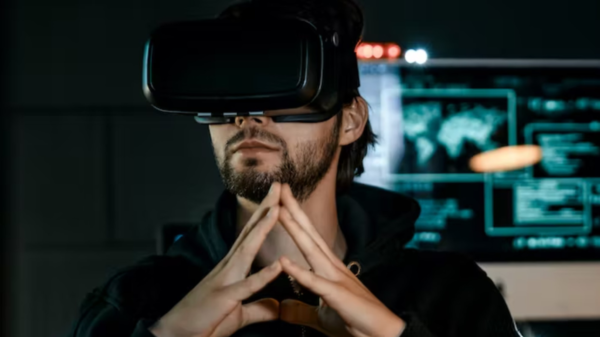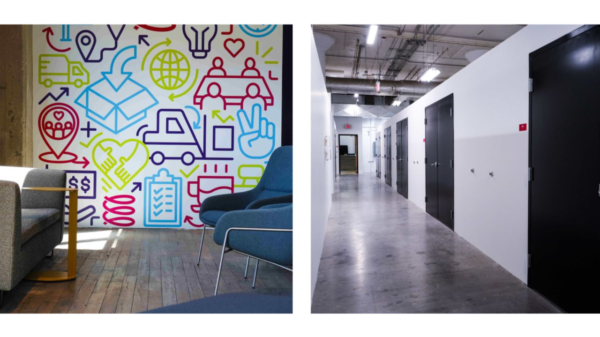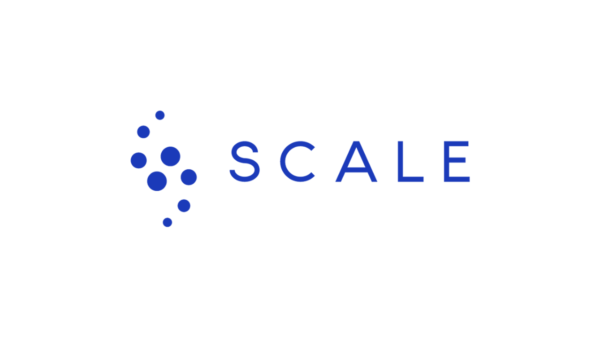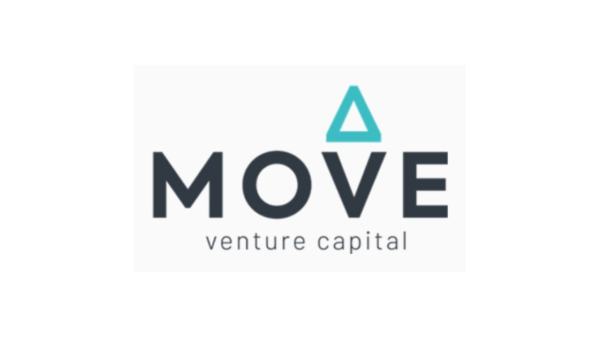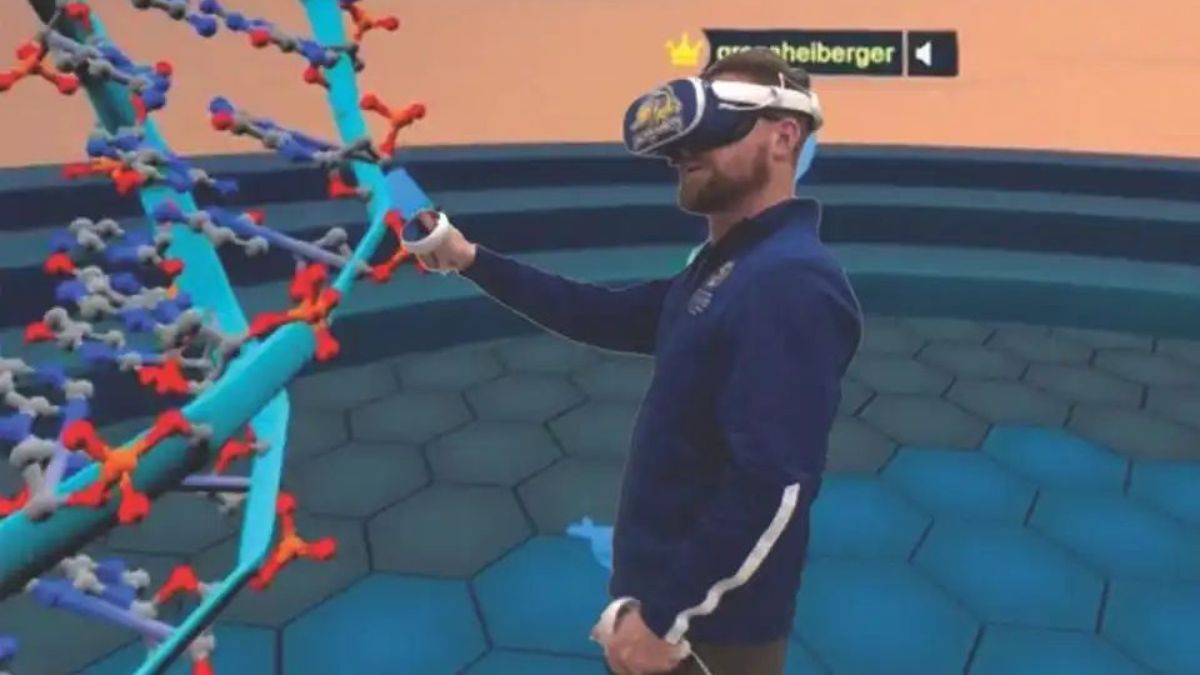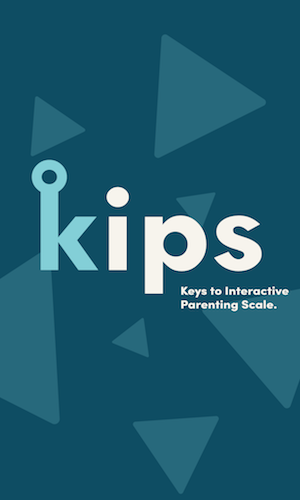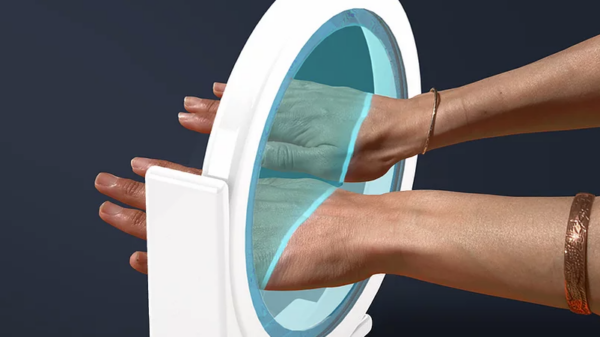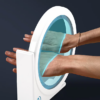Previously posted on CoinYuppie
“We’ve never had a campus before, but now we have our first (virtual campus),” said Daniel Mintz, chair of the Information Technology Department at UMGC. “There’s also a duck pond on this campus.”
In an episode of the cartoon “Magic School Bus,” the eccentric red-haired teacher “Miss Frizzle” shrunk her class down to the size of a red blood cell, and then had the latter in Classmates shuttled through their guts, veins, and nervous systems without knowing it.
Today, biology students at Morehouse College are doing the same thing: Wearing virtual reality headsets, these students can walk into the heart of a human, create giant molecules, and stay within their dorms Visit the Egyptian Pyramids.
“Teaching in the Metaverse is like being able to step away from physical reality and immerse yourself in a full digital simulation. It can be anywhere in the world, on any timeline.” The Metaverse Project at Morehouse College Lead researcher Muhsinah Morris said.The historically black college in Atlanta is one of ten “Metaversity” universities that teach in virtual classrooms via virtual reality headsets.
Many colleges and universities have been experimenting with virtual reality technology as a teaching tool for years, but few institutions have invested in the technology because the headsets required are bulky and expensive, and even with the hardware in hand, creating Engaging, effective virtual teaching spaces are also very expensive and require skilled engineers to do this. Just this fall, however, ten U.S. colleges got a free ticket: Meta is bringing colleges into the Metaverse as part of its $150 million immersive learning program.
The University of Maryland Global Campus (UMGC) is one of them. The online-only school doesn’t have any physical classrooms or student living spaces, but has more than 45,000 undergraduate students. Meta has already provided the school with dozens of VR headsets for free for students taking introductory biology and astronomy courses, two of five pilot courses this fall.
“We’ve never had a campus before, but now we have our first (virtual campus),” said Daniel Mintz, chair of the Information Technology Department at UMGC. “There’s also a duck pond on this campus.” Georgian-style buildings with white columns surround a bright green meadow on this virtual campus, with a pair of mallard ducks chasing each other in the central pond, surrounded by trees. A rope swing hangs, and it was designed by VictoryXR, an extended reality educational software company based in Davenport, Iowa.
Despite the company’s vision of creating a leafy university campus, the virtual space still looks like an early PC gaming scene. It was uncomfortably empty—no passers-by, no students playing mini-volleyball, no professors during lunch breaks. Plus, moving around in this space is quite strenuous: when you press the joystick forward, you can feel the ground almost pop out from under you. The good thing is that users can bypass this feeling — and potential motion sickness — by teleporting to a new location instantaneously using point-and-click functionality.
Daniel Mintz likened some of the features of the UMGC virtual campus to an alternative version of the pages on its website, where users could previously fill out forms or communicate with chatbots. On this new “Web3” campus, students can put on their helmets and walk into the administration building, where digital avatars of administrative officials might meet students and answer questions.
This fall, UMGC will offer five virtual reality courses. The university plans to lend the helmets to students, and the classes won’t be more expensive than UMGC’s regular classes — $312 per credit this year for in-state students and $499 per credit for out-of-state students. Daniel Mintz acknowledges that scaling up VR offerings may be difficult even if the trial runs are successful, and he hopes the hardware can eventually be used as course material and covered by financial aid.
“We can’t be in the helmet business,” says Daniel Mintz. “We have about 60,000 students. Even if only 10 percent of them take this immersive class, we can’t provide about 6,000 helmets.”
That’s when Meta stepped in, just as Apple started donating thousands of PCs to school classrooms in the 1980s. The former has donated hundreds of the latest Quest 2 helmets to participating universities through VictoryXR. In addition to Morehouse College and UMGC, Meta will distribute VR headsets to eight other schools, including the University of Kansas School of Nursing, New Mexico State University, South Dakota State University, Florida A&M University, West Virginia University, Southwestern Oregon Community College , California State University Dominguez, and Alabama A&M University. All participating schools will have virtual classes this fall.
Software company VictoryXR is the brainchild of Steve Grubbs, a former government official turned entrepreneur who entered the virtual reality industry. In the early 1990s, as chairman of the Iowa House Education Committee, Steve Grubbs passed the state’s first technology funding bill, allowing elementary schools in the United States to bring computers, software and audiovisual equipment into the classroom.
“My father was a teacher, and I also tried to improve schools through policy making at the state level, and I came to the conclusion that unless students like to learn, it’s always going to be a battle for them to learn. So I set out to create A product that makes students love learning,” said Steve Grubbs, 57.
Advising on several presidential campaigns – including Steve Forbes in 2000, Tommy Thompson in 2008 and Herman Cain in 2012 After campaigning in Iowa — and leading a political consulting firm, Steve Grubbs turned to Extended Reality and founded VictoryXR in 2016.
When Forbes interviewed him, he was in Iceland shooting footage for a 360-degree virtual experience for the VictoryXR classroom. These classrooms include a library that simulates field trips—where you can visit the Grand Canyon, farms in Iowa, and even the Great Wall of China. These classrooms are basically 360-degree panoramas, but users can enter them. In addition, VictoryXR has created around 100 animated virtual spaces for college and homeschooling students, including a ride on the HMS Beagle to the Galapagos Islands, or a stroll through the U.S. Senate Chamber and Underground Railroad Museum.
Steve Grubbs said: “They can see the glacier with the helmet on, they can see the whole world – up, down, it’s all there.”
In six years, VictoryXR has grown from 3 employees to 35 full-time employees and has an office in Austin, Texas. The company made more than $1 million in revenue last year, and Steve Grubbs expects total revenue to exceed $2.2 million this year. “We’ve gotten past the long, difficult early days of virtual reality, and now we’re finally getting some traction.”
Indeed, a number of colleges and universities have signed contracts with VictoryXR to build digital campuses. A typical digital campus with 5-7 buildings costs about $50,000, and Meta provides funding for participating universities. To create these digital campuses, Steve Grubbs’ team used a combination of Google Earth imagery, institutional photos and floor plans. In the fall, they will launch 12 digital college campuses and hope to have 100 operational next year.
“We’re a construction company in the Metaverse, and our team is replicating every window, every brick of the real world,” says Steve Grubbs. “With fast progress, we could complete this task in eight to 12 weeks.”
In addition to paying the initial construction fee, VictoryXR charges schools $200 per student per year to use the virtual space, which includes underwater classrooms, chemistry labs inside the space station orbiting giant protons, and the base of Mount Fuji. A clearing full of cherry blossoms. As the university continues to scale up its VR offerings, the company will make more money from these virtual spaces already built.
Meta has yet to charge schools, though. A spokesperson for the company said that currently “generating revenue from these partners is not a priority for us. Education is an exciting use case for the Metaverse, and Meta’s immersive learning experiences will help creators around the world.” They gain Metaverse skills and create immersive experiences for learners.”
But Meta has big plans: to turn the Metaverse — the ultimate home of the digital campus — into a money-making machine. Zuckerberg said the company aims to drive multi-billion-dollar commerce in the Metaverse and hopes to have at least 1 billion users over the next decade. The company currently dominates the VR space — a recent report from International Data Corporation shows that Meta has captured 90 percent of the VR headset market .
Daniel Coyle, chief software engineer at VictoryXR, said the first Quest headset marks a paradigm shift for virtual reality. Before its 2019 debut, virtual reality systems like Google Cardboard used only 3 degrees of freedom, meaning users could look around the virtual space but not move laterally within it, while the Quest headset has 6 degrees of freedom, allowing users to Walk around and move up and down in the virtual world it offers. Also, the product is pocket-sized and doesn’t require an external camera to track the user’s movements.
“The Quest launched at $300, which was relatively inexpensive. You don’t need a PC, you don’t need a gaming graphics card to use it, and [VR] is no longer just for hobbyists,” says Daniel Coyle.
By comparison, HP Reverb helmets retail for around $400, HTC Vive helmets start at $750, and Valve Index sells for more than $1,000. Daniel Coyle said Meta was selling hardware at a loss, and the Quest helmets should have been around $600 or $700 a pair.
“The only reason Meta has been successful is that the company is big enough to take huge losses on hardware sales and pin its hopes on software sales to focus on getting the masses.”
According to an analysis by market research firm Grand View Research, the VR market will be worth $21.83 billion in 2021 and is expected to grow by 15% annually through 2030. James DeVaney, vice provost for academic innovation at the University of Michigan, believes that the scramble to develop online courses during the new crown epidemic has caused many universities to reconsider the possibilities of virtual and augmented reality, especially for those who cannot be in the classroom. students in class. “We know that online learning developed in a crisis is not the same as well-designed virtual learning.”
None of the pilot institutions Forbes spoke with — including Morehouse College, UMGC, Alabama A&M University, the University of Kansas School of Nursing, South Dakota State University, and California State University Domingo Hills — would offer participation Students in the program are charged an additional fee, and helmets will be issued to students during a trial period this fall. VR headsets may become part of student course materials, said Kesa Herlihy, a clinical assistant professor at the University of Kansas School of Nursing. Students won’t need to buy a $150 nursing textbook or pay for labs, but may need to buy virtual reality headsets.
However, most classes will only spend part of their time in virtual classrooms, during which time students will conduct lab activities, draw 3D images, or take virtual field trips. For example, the University of Kansas School of Nursing plans to use virtual reality technology to simulate and patient interaction.
“Patients come in all sizes, physical states, and skin tones, and virtual reality provides the opportunity for students to see a wide variety of patients more than a mannequin can provide.”
Daniel Coyle said the VictoryXR does provide a lecture space, but that’s not the best use of virtual reality. As students and teachers become accustomed to VR headsets, limiting their usage time may be the best option. While an improvement over past hardware, the Quest 2’s headset still feels heavy and uncomfortable after about an hour of use.
Also, the 10 universities mentioned above have different plans for their own digital campuses. South Dakota State University to offer organic chemistry and anatomy classes in virtual reality; Cal State Dominguez professor Hor ace Crogman plans to teach physics in virtual classrooms; Morehouse College to move beyond STEM curriculum , and plans to offer world history and some English lessons in VR. Digital campuses are exciting, but universities should not be limited to virtually recreating what they already have , James DeVaney said .
“Why limit ourselves to what we already know? An urban campus might have certain limitations, and a rural campus might have a different kind of suitability, but there’s no reason why we shouldn’t expand our environment further,” says James DeVaney. “The field is going to change a lot in the next five years, but I don’t think it’s going to go away. It’s interesting to separate the projects that are hype from those that follow a systematic approach to R&D.”

























